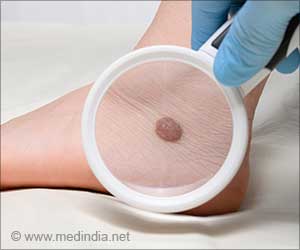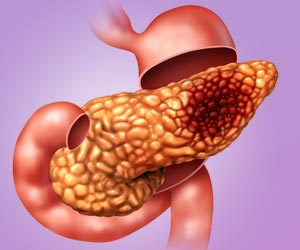A new way to model human breast cancer could lead to new tools for predicting which breast cancers will spread, researchers have revealed.

"The most surprising result was that the tumor grafts spread from the original site, or metastasized, just as they did in the human patients," said the study's principal investigator Alana Welm, Ph.D, assistant professor in the Department of Oncological Sciences and an HCI investigator . "For example, grafts of tumor tissue from patients whose cancer had spread to the lung also spread to the lungs of the mice that received them."
Most breast cancer deaths result from the disease spreading to other areas of the body such as the lymphatic system, lungs, liver, bones or brain.
In addition, researchers found that the successful grafts were nearly all from patients who developed the most aggressive forms of breast cancer and ultimately died of their disease.. This result reveals the modeling method's potential as a tool that, soon after a breast cancer diagnosis, could identify whether the tumor would be likely to spread, helping doctors select the best treatment approach for an individual patient's form of the disease.
"There is also the potential to develop similar models for other cancers using this method," says Welm. "We are already working on this with colon cancer tissues."
Advertisement















